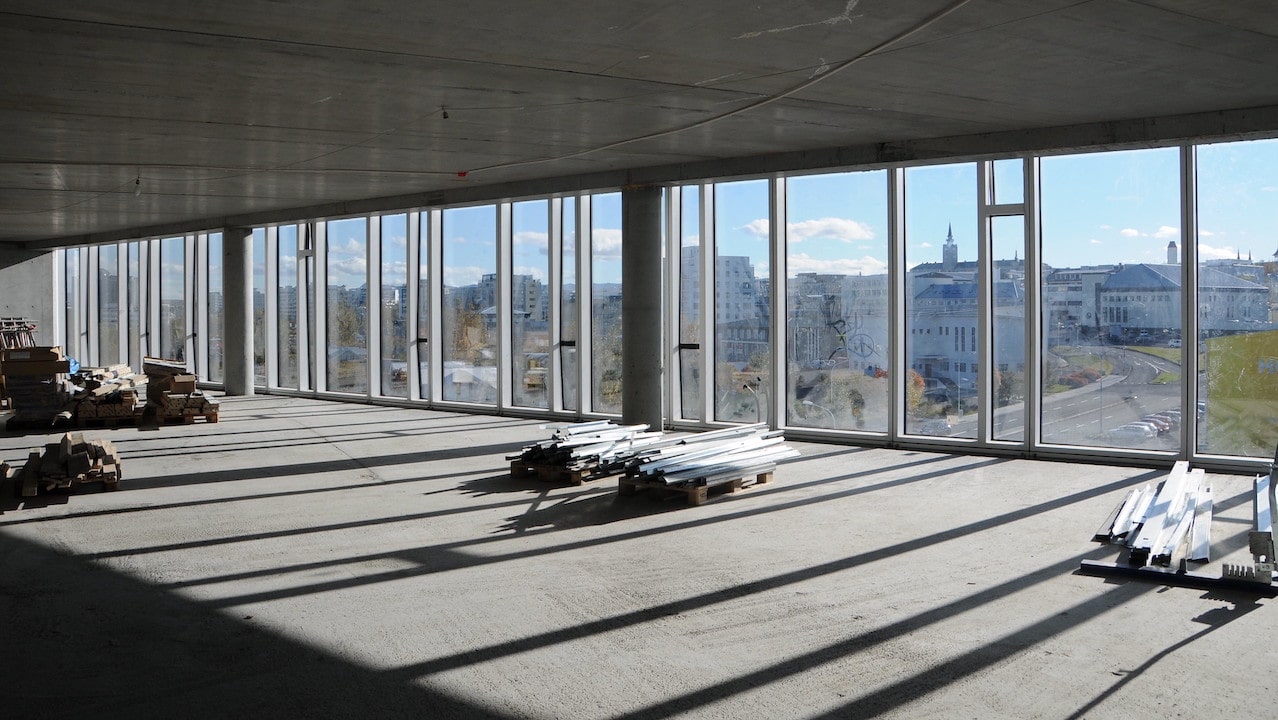The Rot In The Commercial Real Estate Market In One Story

Photo by Tomi Knuutila via Flickr
I've been watching the commercial real estate (CRE) sector as a potential catalyst for the next financial crisis. So far, it has managed to hold together, but there is still trouble brewing under the surface.
The story of one commercial real estate investment by UBS Group is a microcosm of the commercial real estate market.
In 2006, an investment fund managed by a division of UBS bought the Sports Illustrated Building in Manhattan for $332 million. It purchased the land under the 925,000-square-foot building in 2012 for $279 million.
Seven years later, UBS sold the land to Safehold for $285 million. Safehold specializes in land leases, and at the time of the sale, UBS inked a long-term ground lease with the company to retain control of the building.
According to Wolfstreet, UBS likely held onto the building in 2019 because there was an office shortage in Manhattan, and rents were sky-high.
"In theory, UBS could draw income from the building – the office rents, on their way to the moon, would hopefully exceed the costs of the ground lease and other expenses – while it had drawn $285 million in cash out of the property."
As you can guess, things didn't turn out that way.
Not anticipating COVID-19, UBS pumped even more money into the building, with approximately $76 million in renovations.
When construction was completed in early 2021, the building was leased to about 40 percent of capacity. At the time, UBS had invested about $408 million in the property.
Of course, by this time, the CRE market was in the midst of a freefall. Building occupancy quickly fell to 35 percent.
UBS faced a double-whammy of falling occupancy and declining rents. Rental income could no longer cover the ground lease. As WolfStreet put it, "The whole thing had turned into a money-suck."
UBS put the tower on the market. It almost managed to cobble together a deal, but it fell through. Eventually, the investment bank sold the building via online auction for a paltry $8.5 million.
Putting it all together, UBS paid $332 million for the building and then invested another $76 million in renovations for a total of $408 million. Then it sold the building for $8.5 million, a massive $399.5 million loss.
It did manage to eke out a $6 million gain on the land, dropping the total loss to $393.5 million - a 43 percent loss on the investment.
The loss won't look as bad on the books because accounting rules allow UBS to depreciate the value of the building, but accounting tricks don't mitigate an actual loss.
Now, multiply this scenario hundreds of times and you can see why there is worry about the CRE market.
Today, the CRE sector faces the triple whammy of falling prices, falling demand, and rising interest rates. The post-pandemic rise of telecommuting and work-at-home programs crushed demand for office space. Vacancy rates in commercial buildings have soared.
This has put significant stress on commercial real estate companies. The biggest bankruptcy in 2023 was the failure of the Pennsylvania Real Estate Investment Trust. The company had loaded up with more than $1 billion in liabilities.
The collapse of the commercial real estate market could easily spill over into the financial sector. That’s because a lot of loans are coming due.
According to the Mortgage Bankers Association, around $1.2 trillion of commercial real estate debt in the United States will mature over the next two years.
According to Trepp (a real estate data provider), $2.56 trillion in commercial real estate loans will mature over the next five years, with $1.4 trillion held by banks.
All of that debt will have to be refinanced. That’s a big problem for debtors who face much higher interest rates to borrow money on buildings with much lower values.
And as the UBS example shows us, selling the buildings doesn't offer a solution.
More By This Author:
Central Bank Gold Buying Through First Half Of 2024 Sets Record
Stocks Start Crashing: Will The Fed Pivot Or Panic?
Central Bank And Over-The-Counter Buying Pushed Gold Demand To Record Levels In Q2



